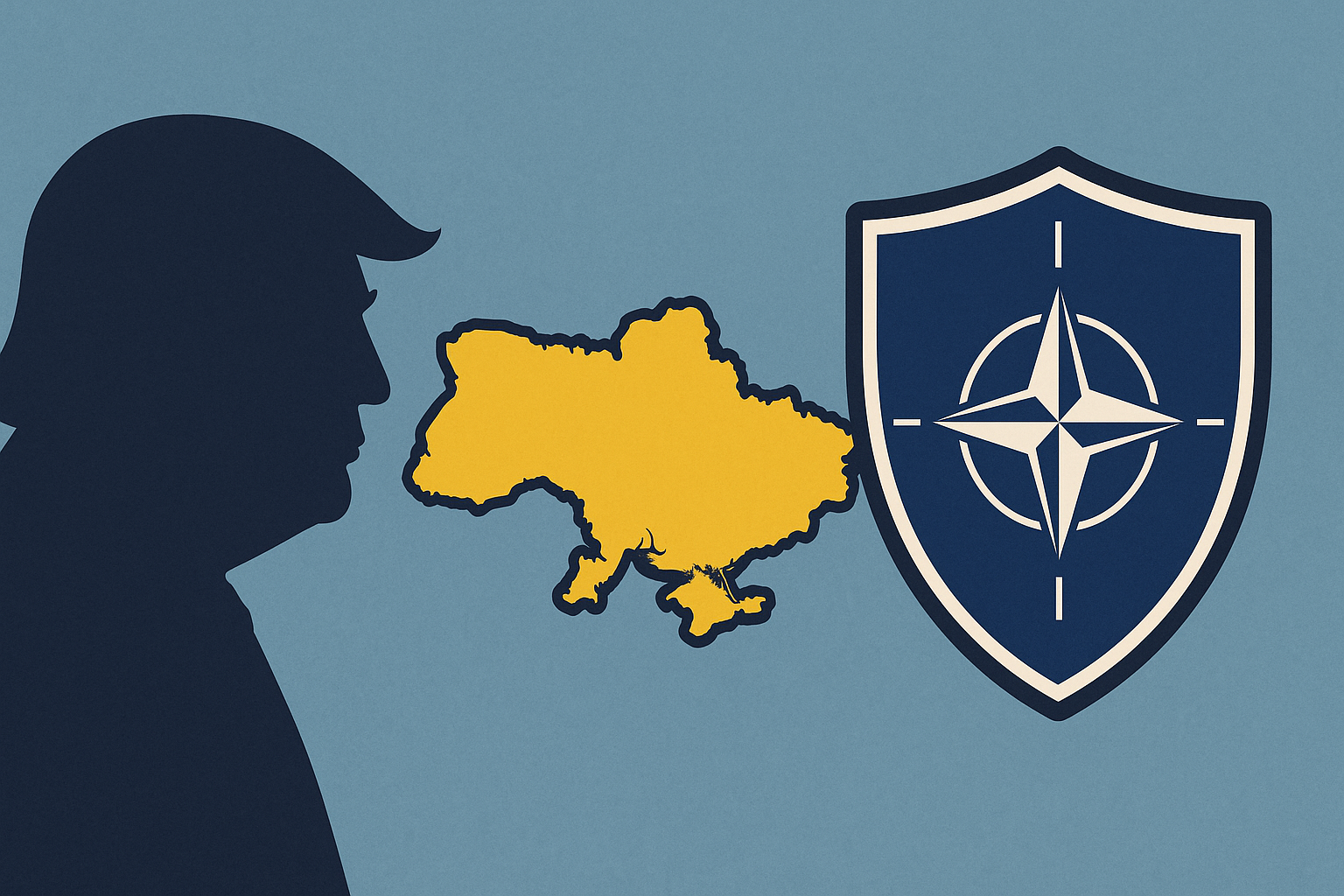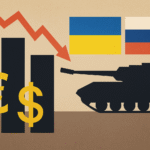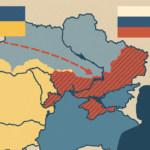Talks at the White House on Monday between Ukrainian President Volodymyr Zelenskyy, European leaders, and U.S. President Donald Trump narrowly avoided another diplomatic breakdown, following the controversy of Trump’s Alaska summit with Russian President Vladimir Putin. At that earlier meeting, Trump appeared to align himself with Moscow’s position on ending the war, sparking fears in Europe that he might pressure Kyiv into an unfavorable deal.
Flattery and Coordination Prevent a Setback
European leaders entered the Washington discussions determined to steer Trump away from forcing Zelenskyy into concessions. Careful coordination and diplomatic flattery ensured the meeting ended without the kind of setback many had feared. However, the talks did not fully reverse the damage caused in Alaska, where Trump signaled support for a comprehensive settlement rather than an immediate ceasefire, and dropped references to sanctions against Moscow.
Trump repeated that issues of land were for Ukraine to decide, but suggested that Kyiv could end the war quickly by relinquishing control of Donetsk and Luhansk — a step widely regarded as politically and militarily untenable for Zelenskyy.
Ambiguity Over Security Guarantees
The most constructive outcome from Monday’s talks was Trump’s indication that the U.S. could play a role in security guarantees for Ukraine, a topic that dominated the discussions. While this gave European allies an opening, Trump’s precise intentions remain unclear.
He pledged that Washington would be “involved” in “co-ordinating” European efforts and providing air support, while also referencing “Article 5-like” protection — a nod to NATO’s mutual defense clause. His envoy, Steve Witkoff, went so far as to claim Moscow could accept such an arrangement, presenting it as a concession.
However, NATO’s Article 5 is deliberately vague, requiring members only to take measures they deem necessary. Its strength lies in centralized command and military commitments — features that Russia would almost certainly reject. Analysts warn that any diluted version, especially one granting Moscow influence, would amount to a hollow guarantee.
A Gap Between Expectations and Reality
Ukraine has insisted that only robust and enforceable commitments from allies can provide meaningful security. Without NATO membership, officials in Kyiv stress that U.S. intelligence, reconnaissance, and air support for a European mission would be essential. Such guarantees, however, would require clear readiness to counter future Russian aggression — a threshold both Europe and the U.S. may be reluctant to cross.
Senior officials are now beginning detailed discussions on what security guarantees should entail. But Trump’s pattern of overlooking critical details raises doubts about the prospects. His tendency to focus on broad outlines while neglecting practical complexities may be tolerable in trade disputes, but in matters of war and peace, it risks undermining stability.
The Core Challenge
The central obstacle remains unchanged: Ukraine refuses to cede territory under its control, while Russia is unlikely to accept any credible security framework that constrains its influence. For progress to be made, Washington would need to commit to a more detailed, consistent strategy and apply firmer pressure on Moscow.
Without this, Trump’s ambition to present himself as a global peacemaker risks producing optics rather than substance — and leaving the underlying conflict unresolved.








